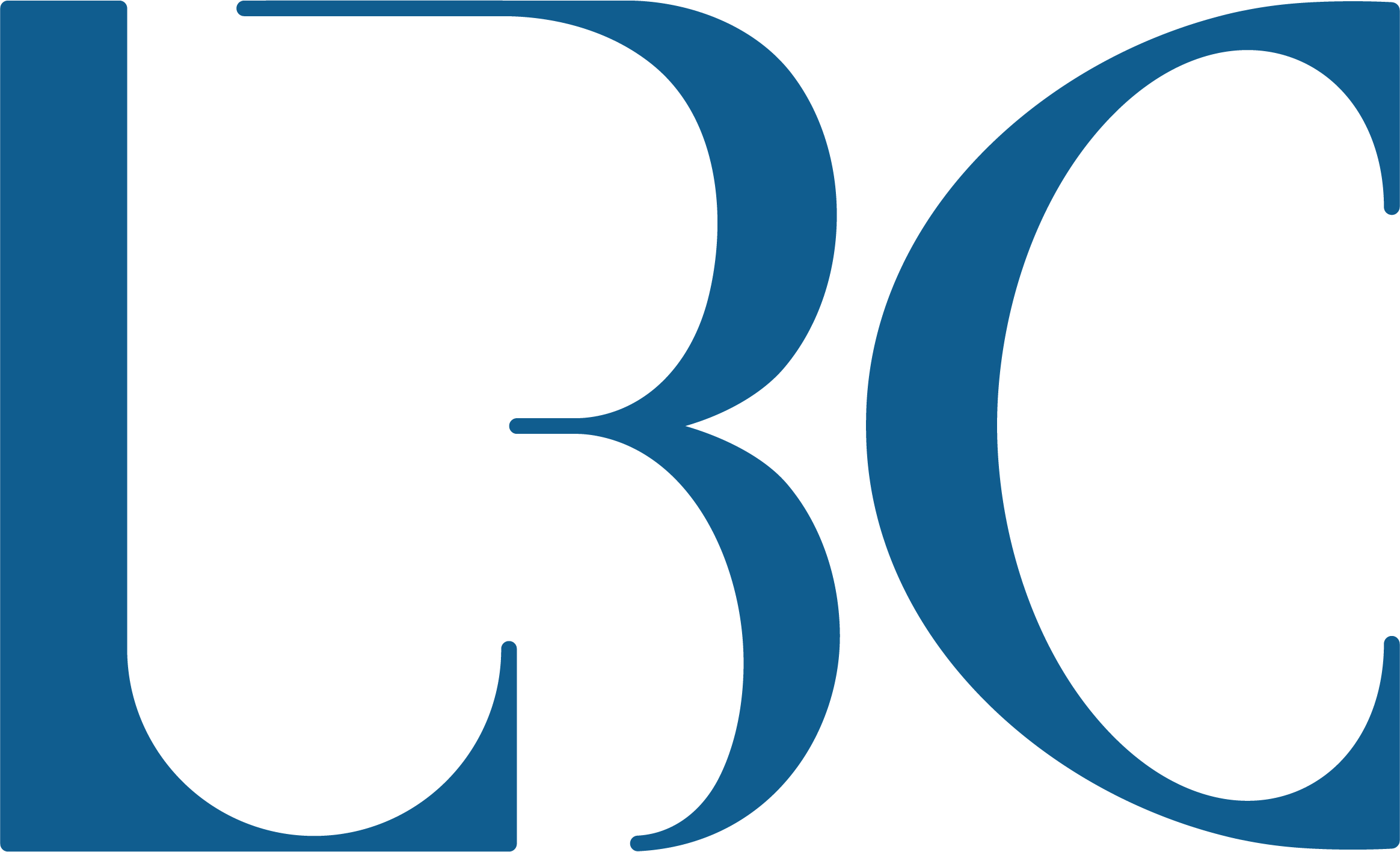
Cal State University Chancellor Timothy P. White unveiled plans to invest an additional $50 million in improving degree completion rates during his first State of the CSU address Wednesday.
White said during the CSU Board of Trustees meeting that the $50 million will be used in “seven key areas,” including college preparedness, hiring more tenure-track faculty, the bottleneck initiative and overall degree completion rates.
The chancellor said he will push to gain the $50 million for the CSU. A portion of it may come from the $142.2 million Gov. Jerry Brown proposed for the CSU for the 2014-15 year. It could also be generated by student tuition and business and private contributions, White said.
To fulfill California’s workforce demands in the coming years, White said the CSU will need to produce one million more graduates by 2025. The chancellor said the CSU awards nearly half of the degrees in the state.
“Our top priority must be … to improve the educational experience and degree attainment for all students and to enable students to earn a high quality degree in a shorter amount of time,” White said.
The Public Policy Institute of California estimates that the state will need about 60,000 more bachelor’s degrees per year to meet future workforce demands.
“To meet this goal requires a rate of degree production that’s about 40 percent higher than current levels,” White said.
He said the state must maintain a “laser-like focus” on student achievement to accomplish this goal over the next 10 years.
“It is not a cost,” White said. “It is an investment. The cost to California will occur if we don’t do it.”
White said the cost to the state will show in increased unemployment, social services costs and more costs for the criminal justice system.
He also said the CSU needs to focus on increasing access for low-income students, who comprise roughly 39 percent of the student body. Of the students enrolled in 2012-13, 145,000 students remain in the lowest income stratification.
Overall, White said, the CSU infrastructure is “frayed” in three vital areas: people, physical structures and technology.
“This observation shouldn’t be a surprise … Our buildings are aging, and many are in need of repair or replacement,” White said. “Of our state-owned buildings, 48 percent are 40 years old or older.”
The CSU’s deferred maintenance and capital renewal backlog is approaching $2 billion, with roughly $500 million in priority-deferred maintenance, White said.
In November, the Board initially requested $237.6 million to cover deferred maintenance costs, as well as enrollment increases and augmentations for student success and completion. Last month, however, Brown’s budget proposal fell short of the Board’s request by almost $100 million.
Other key areas of focus include enhancing advising services, expanding data-driven decision making to improve the quality of programs and implement new ones, as well as increasing high-impact practices, such as service learning, internships, study abroad and undergraduate participation in applied research.
To achieve these goals, White said, the CSU needs to reach out to policymakers, community colleges, the University of California system and community organizations, among others.
The CSU system currently has 437,000 students and is the largest university system in the state and the largest in the country.
Additionally, the CSU received a record number of 760,000 applications from roughly 284,000 applicants for the fall 2014 semester, which is an increase of 10 percent from two years ago.












